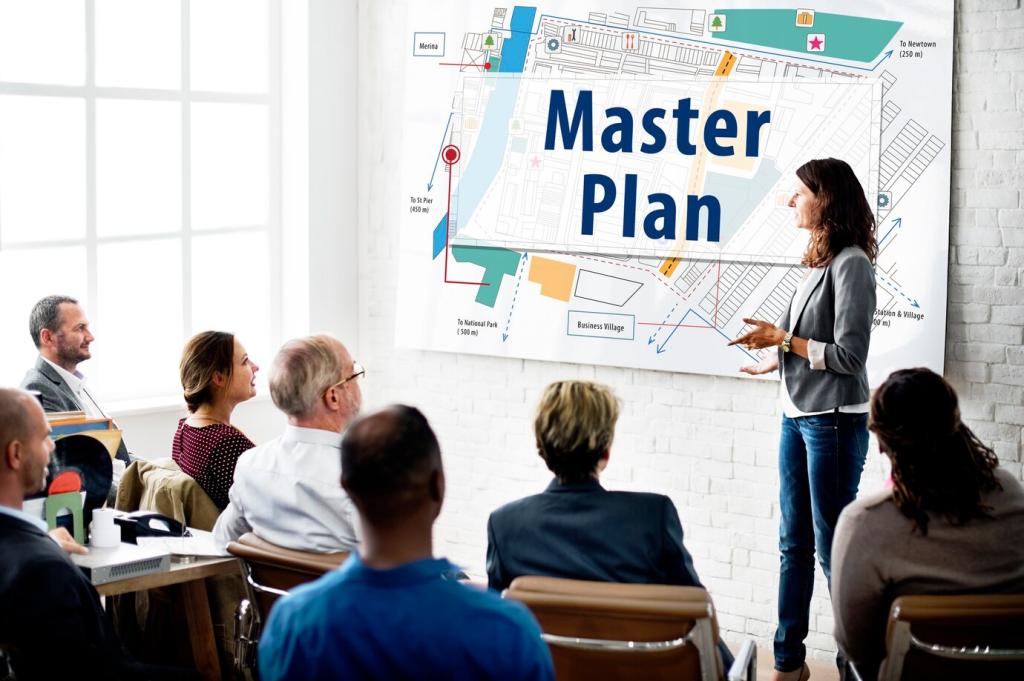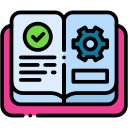
Remote Training, Real Balance: Learn Without Losing Your Life
Chosen theme: Promoting Work-Life Balance in Remote Training. Welcome to a kinder way of learning remotely—one that respects your energy, honors your responsibilities, and still builds skills that matter. Join us as we set healthier rhythms, smarter boundaries, and humane habits for sustainable growth.

The Hidden Cost of Always-On Learning
When training shows up as constant pop-ups, late-night modules, and endless recordings, attention fragments and motivation drops. Learners multitask, retention slips, and burnout grows quietly. Share your toughest always-on moments in the comments, and we’ll unpack them in future posts together.
Flexibility Without Fuzziness
Remote flexibility can feel liberating until expectations blur. Clear windows for deep work, learning, and rest create psychological safety. Set times are not rigidity; they are permission to fully be present. What learning windows realistically fit your week? Tell us, and inspire others.
A Quick Win You Can Try Today
Block a 90‑minute focus session for learning, then a 15‑minute decompress walk. Close chat, silence notifications, and capture three insights afterward. This tiny cadence builds consistency without exhaustion. Subscribe for weekly micro-practices that fit even the busiest remote schedule.
Designing Boundaries That Protect Focus and Life
Cluster training into two predictable blocks rather than scattering sessions daily. Announce these windows to teammates and family. Predictability lowers anxiety and improves preparation. Comment with your preferred days, and we’ll share a crowd-sourced calendar template tailored to common time zones.
Evidence‑Based Breaks and Energy Management
Humans learn best in cycles of roughly ninety minutes of focus followed by recovery. Plan content to peak before minute seventy-five, then transition to reflection. This small shift sustains attention and recall. Try it this week, and tell us whether your note quality improved.
Evidence‑Based Breaks and Energy Management
Stand, hydrate, and look out a window for sixty seconds. Physical reset and distant focus reduce eye strain and mental clutter. Skip scrolling during breaks; it spikes cognitive load. What is your most refreshing sixty-second reset? Drop your routine below to inspire our community.


Culture and Norms That Make Balance Stick

Manager Nudges and Public Norms
Leaders can model logging off after sessions, praising boundary-setting, and scheduling learning within work hours. A weekly message like “No after-hours training this week” sets tone. Ask your manager to post one supportive nudge, then report the ripple effects in our comments.

Async‑First, Time‑Zone Friendly
Provide transcripts, captions, and chapter markers. Rotate live session times fairly. Summaries help those who cannot attend, reducing pressure and guilt. Inclusivity boosts engagement. What accessibility feature helped you most? Vote in our poll and influence our next design recommendations.

No‑Meeting Days and Learning Sprints
Protect one day without meetings and reserve a two-hour team learning sprint biweekly. Shared focus becomes cultural gravity. Add an end-of-sprint show‑and‑tell to celebrate progress. Try it next month and return with one win—big or small—to encourage others to adopt the practice.
Real Stories: Balancing Learning and Life
01
Alex in Manila stopped stacking lunch with recordings. By protecting midday solitude and using transcripts in the afternoon, attention soared and headaches faded. What one boundary changed your energy most? Share your story to be featured in our next community spotlight.
02
Priya blocks fifteen minutes each Friday to write three wins, one struggle, and a single adjustment for next week’s training. Tiny rituals compound. Try it once, then comment with your adjustment; we’ll collect the best into a public playbook.
03
Diego posted a cheerful door sign during training and promised an outdoor game right after. Distractions shrank, and evenings felt lighter. Household alignment is a performance tool. What signal would work for your home? Tell us, and help others create harmony.

